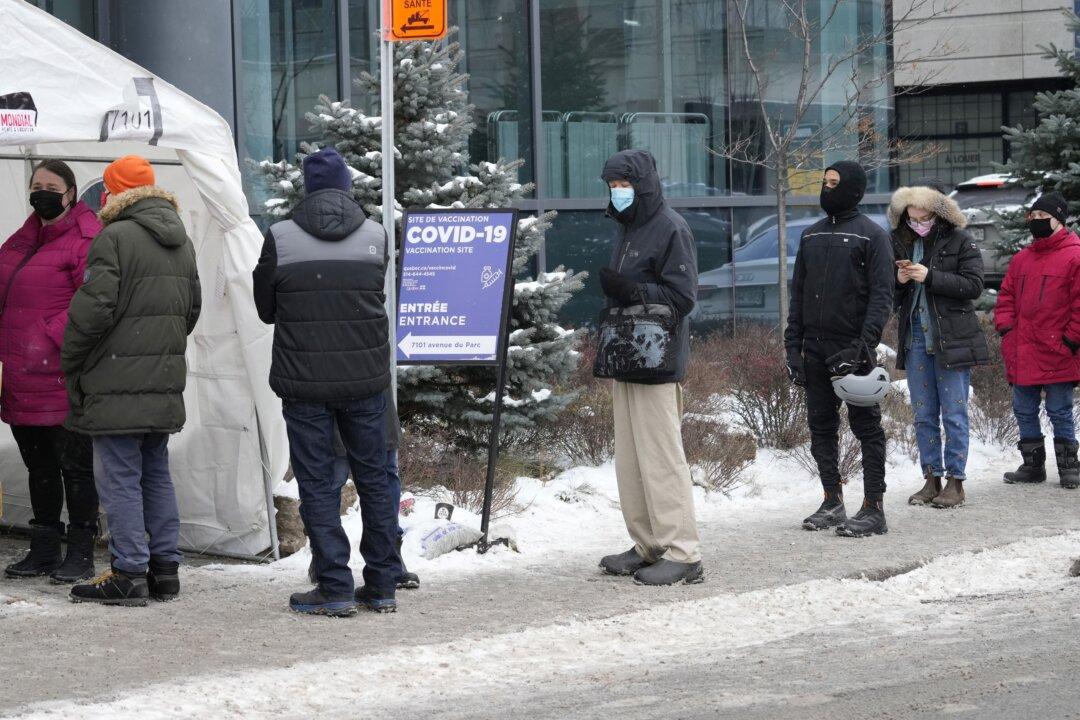Commentary
The latest data concerning the infection rates of the “jabbed versus the unjabbed” in Ontario make it increasing difficult to rationalize restricting people’s access to indoor facilities, even their workplaces and schools, based on vaccination status. This is because, as a tool to stop the spread of COVID-19, the injections have apparently failed.
